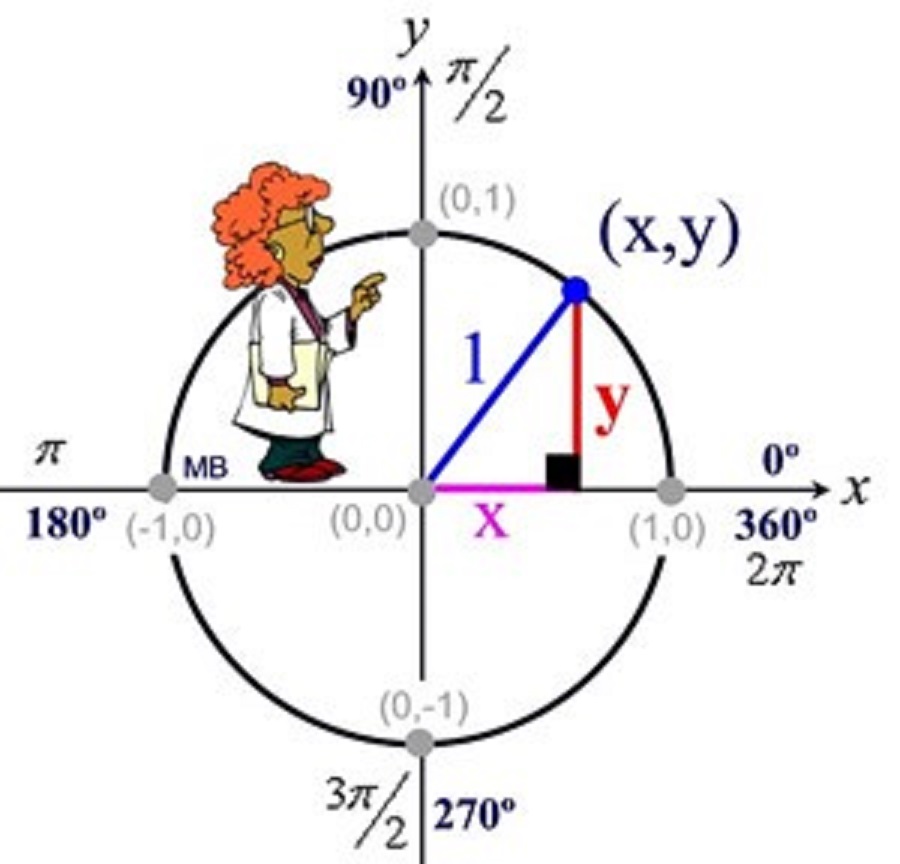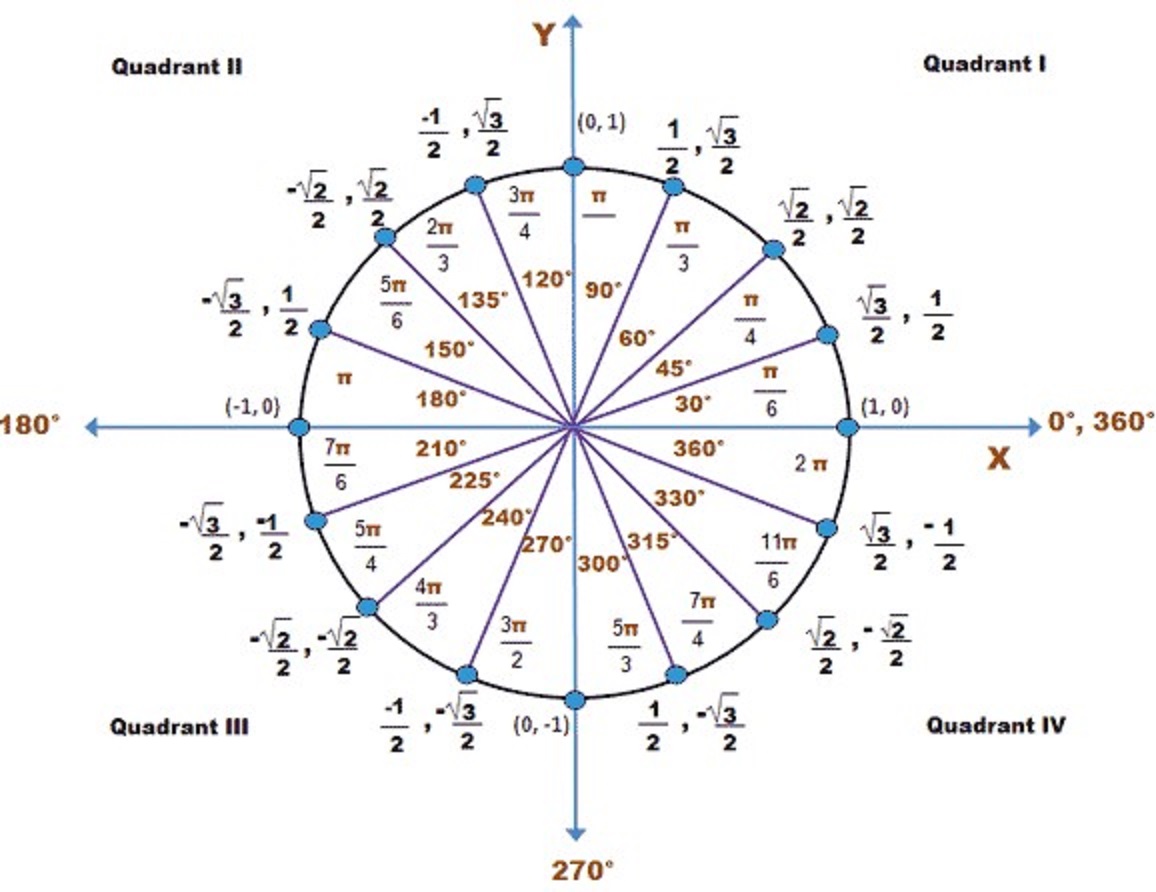How to sketch this trigonometry graph?

2 Answers
See the explanation below
Explanation:
The sinus function is
Therefore,
And
When,
When,
When,
When,
When,
When,
When,
When,
When,
Now you can sketch the curve,
graph{3sin(1/3x) [-1.67, 18.33, -4.24, 5.76]}
Please see below.
Explanation:
.
The answer to you question about how to find the
To solve for
If an interval is specified for
The answer to your question of how to know the values of
In order to avoid future difficulties in solving trigonometry problems, you need to review and learn the basic concepts that are the foundation of the trig formulas; and be able to remember the values of the sine and cosine of the popular and most often used angles from the unit circle. The unit circle to trigonometry is like the multiplication table to arithmetic and algebra.
Let's look at the image below:

Consider the angle formed by the
In the right triangle shown, by definition:
This means that the coordinates of the blue point on the circle itself shown as
These two values keep changing as the blue point moves around the circle and angle
As you can see, when the blue point is on the
As the angle opens up and the blue point moves counterclockwise around the circle (positive angle direction), the
When the blue point reaches the
As the angle
This process continues as
The image below shows the unit circle with the values of



